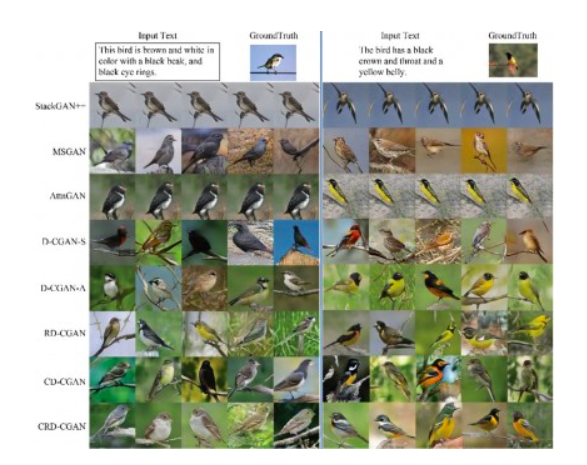I’m certain that all of you have experienced the benefits of Artificial Intelligence (AI) text-to-text function. However, did you know and already made use of the text to image function of AI? The text to image function of AI, is based on two goals: visual realism and semantic consistency (Qiao et al., 2019). This means that the function’s goal is to generate realistic looking images and images that match the meaning of the worlds description. To make the definition of image GenAI more personal and concrete, I want you to think about when you were reading a book and imagined a whole visual scene in your head with each sentence. This, is exactly the function of the text to image AI technology.
Reflecting on my experience with the text to image generation of AI, I had the idea to use the image GenAI for marketing content objectives, for a long time. I recently used it for the fist time to generate an image for my previous blog with a simple and easily accessible AI software. By putting my imaginative scenario, a robot that makes music, in the description, I got the image for my blog cover. I found, the fact that the software can translate an abstract concept to a visual, transformative and inspiring, because it is a form of creation and creativity.
However, my idea to use the technology for social media, vanishedafter seeing the results. Mostly, because of the accuracy of the images. Even thought, this could be dependent on the software typeused, I noticed that the GenAI wasn’t able to match my descriptionprecisely enough. The more prompts I put in, the clearer it became to me that the software wasn’t able yet to generate images on the detailed level, I wanted.
Unfortunately, I must create images that are responding to the visuals in my head, down to the last detail to trigger the target audience. This would mean that the GenAI would have to be able to process more detailed descriptions to be useful for me.
Nevertheless the recent developments of the text-to-image creation technology may suggests that in the near future, I will be able to use the technology for marketing content creation. The following statement is done by the professor Chunxia Xiao, project leader of the research to refine image generation technology (Higher Education Press, 2024):“This advancement in the CRD-CGAN model not only pushes the boundaries of what AI can achieve in terms of image generation but also offers practical, customizable solutions that meet the evolving needs of content creators.”
The significantly improved version of the technology would be able to match the description more precisely and provide multiple interpretations, each in high visual quality. The version should be able to generate tailored images, that would serve the content creators. What do you think, would this version text to image AI be able to serve the content creators already, or is there still a way to go before it can be really useful for content creators?
Qiao, T., Zhang, J., Xu, D., & Tao, D. (2019). MirrorGAN: Learning Text-To-Image Generation by Redescription. https://openaccess.thecvf.com/content_CVPR_2019/html/Qiao_MirrorGAN_Learning_Text-To-Image_Generation_by_Redescription_CVPR_2019_paper.html
Higher Education Press. (2024, 4 juli). Advancing Image Generation: Latest AI Model Enhanc | Newswise. https://www.newswise.com/articles/advancing-image-generation-latest-ai-model-enhances-precision-and-diversity-in-text-to-image-creation. https://www.newswise.com/articles/advancing-image-generation-latest-ai-model-enhances-precision-and-diversity-in-text-to-image-creation


This is a very interesting post! I think it’s fascinating how GenerativeAI allows content creators to bring abstract ideas, like your robot making music, into visual form. It got me thinking about the following: Could the limitations you’re seeing now actually serve as a creative force, encouraging us to push the boundaries of AI using it alongside human perspectives? Maybe the future of AI in the creation of content could be found in a more hybrid form, where human imagination and AI precision complement each other to work together.